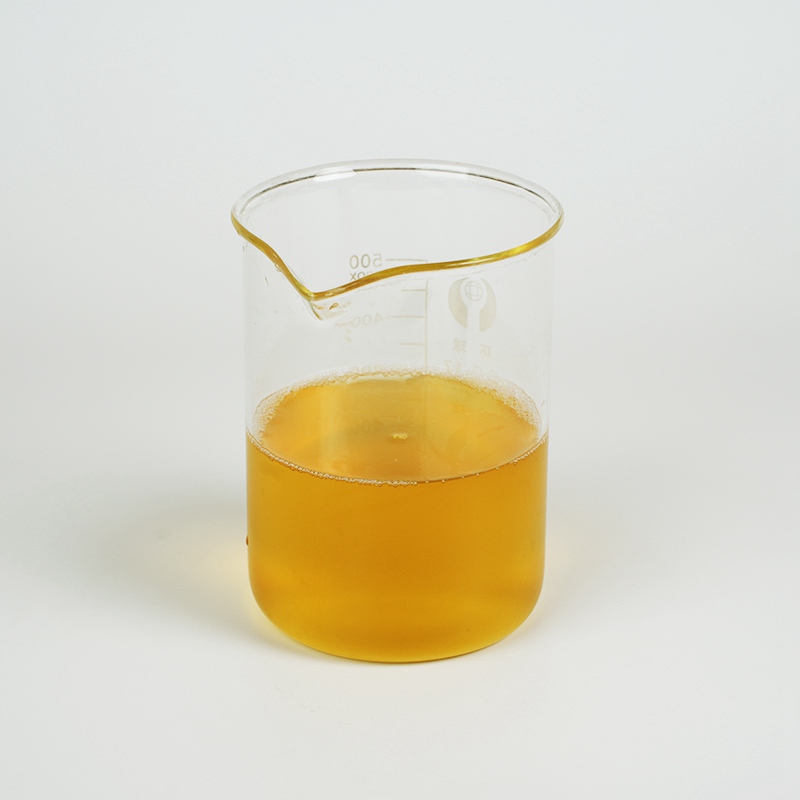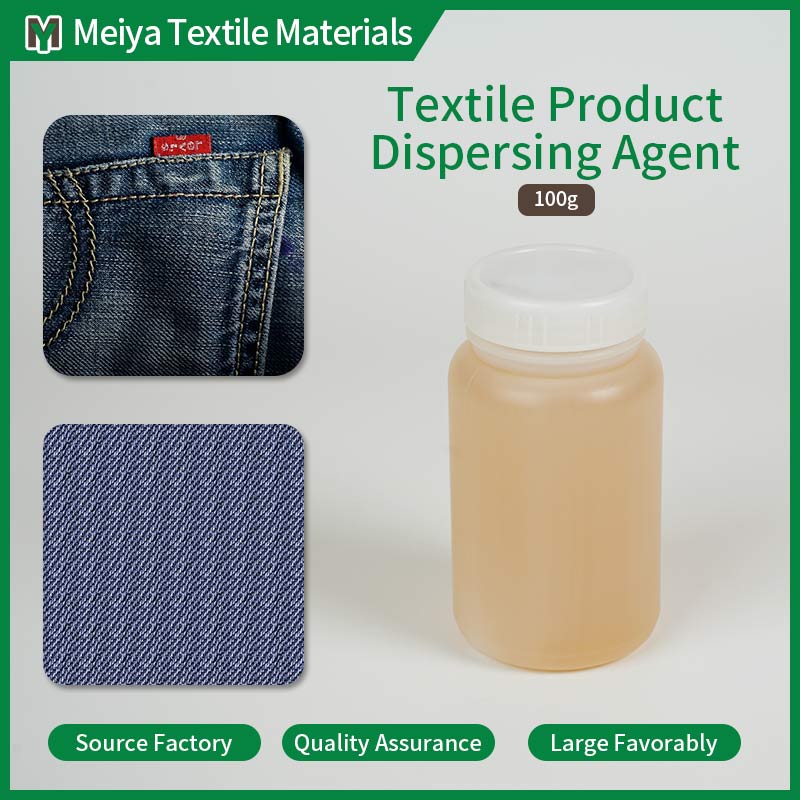Fabric Softening Agents
Please click the button below to contact us.
Introduction:These agents are also important for achieving uniform dispersion and enhancing the efficiency of textile manufacturing processes leading to high-quality and aesthetically pleasing textile products from China Textile Product Dispersing Agent Manufacturer.
Product Description
A chemical additive called Textile Product Dispersing Agent is commonly used in the textile industry to ensure even distribution of different substances like pigments, dyes or finishing agents. The additives stop particles sticking together or falling under manufacturing processes like dying, printing or finishing. Solutions are stabilized with improved efficiency because intermolecular forces within them have been decreased by this agent, thus fabrics are colored evenly and more efficiently. In optimizing production processes, ensuring consistent quality and making textile products look good; Textile Product Dispersing Agents play a vital role.These agents are also important for achieving uniform dispersion and enhancing the efficiency of textile manufacturing processes leading to high-quality and aesthetically pleasing textile products from China Textile Product Dispersing Agent Manufacturer.
Textile Product Dispersing Agent Features:
Textile Product Dispersing Agents exhibit distinct characteristics that make them valuable in the textile industry. Here are key features:
1. Uniform Substance Dispersion:
These agents excel in promoting the even dispersion of various substances, including pigments, dyes, and finishing agents. This ensures a consistent and uniform application on textile substrates.
2. Prevention of Clumping and Settling:
One of the primary roles of Textile Product Dispersing Agents is to prevent clumping or settling of particles in solutions. This is particularly crucial in processes like dyeing, printing, and finishing, where uneven distribution can lead to quality issues.
3. Enhanced Stability of Solutions:
These agents contribute to the stability of solutions by reducing intermolecular forces between particles. This enhanced stability facilitates a more predictable and controlled manufacturing process, optimizing the application of various substances.
4. Versatility Across Applications:
Textile Product Dispersing Agents find application in diverse textile processes, including dyeing, printing, and finishing. Their versatility allows manufacturers to use them with different substances, meeting the specific requirements of various production stages.
5. Improved Production Efficiency:
By ensuring a stable dispersion and preventing issues like clumping, these agents contribute to increased production efficiency. This leads to reduced rejections, minimized production downtime, and overall cost savings in textile manufacturing.
6. Compatibility with Different Textile Materials:
These agents are designed to be compatible with various textile materials, accommodating the different properties of natural and synthetic fibers. This compatibility enhances their effectiveness across a wide range of fabric types.
7. Facilitation of Specialized Finishes:
Textile Product Dispersing Agents play a role in the application of specialized finishes, such as water repellency or flame resistance. Their ability to uniformly disperse finishing agents ensures the desired properties are evenly distributed on the textile surface.
8. Contribution to Consistent Quality:
The uniform dispersion achieved with these agents contributes to consistent quality in the final textile products. This includes achieving desired colors, patterns, and functional properties across batches.

Textile Product Dispersing Agent Application
Dyeing Process:
To ensure even dispersion of dyes in dye baths, Textile Product Dispersing Agents are added to the bath. Hence, particles do not stick together or fall at the bottom of the container therefore rendering fabrics unevenly colored. This compensates for color intensity differences and minor defects in dying.
Printing Process:
In textile printing, these agents are required to disperse pigments or dyes evenly in printing pastes or inks. As such, printed patterns appear sharp and clear throughout fabric surfaces because there is no liquid clustering by the agents during drying. Dispersing agents ensure that pictures come out without patches or smudges.

Textile Product Dispersing Agent FAQ
When should textile dispersants be used?
They should be used when uniform dispersion of the substance is critical, such as when dyeing, printing, or applying a finishing treatment to textiles. They are particularly important when working with sensitive fabrics or complex designs, where uniform color distribution is critical.
Are dispersants for textile products safe to use on textiles?
Yes, dispersants are formulated to be safe for textile applications when used according to the manufacturer's guidelines. They are designed to minimize adverse effects on fabric properties while maximizing dispersing performance.
How are dispersants for textile products applied?
They are typically added to the dye bath, print paste, or finishing solution during the preparation process. The amount used depends on factors such as the type of dye or finish, fabric composition, and desired results.
Do dispersants for textile products impact the environment?
Manufacturers work hard to develop environmentally friendly dispersants that meet regulatory standards. These agents are designed to minimize environmental impact while maintaining high performance for textile applications.
Can dispersants for textile products be used in different textile processes?
Yes, these dispersants are versatile and can be used in a variety of textile processes, including dyeing, printing, and finishing. They are compatible with different types of dyes, pigments, and finishes used in textile manufacturing.
What role do dispersants play in quality assurance for textile products?
They play a key role in ensuring consistent quality and performance of textile products by facilitating the uniform dispersion and effective application of dyes and finishing agents.





